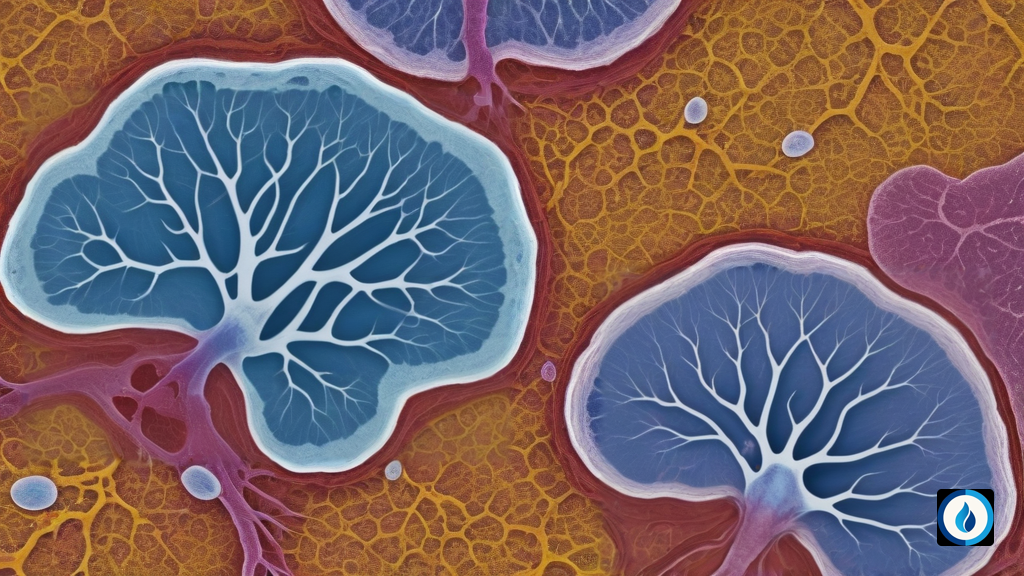Introduction
Decalcification is a crucial step in the processing of bone tissue for histological examination. It involves the removal of calcium ions from the tissue, making it softer and easier to cut into thin sections for microscopic analysis. This process is essential for obtaining high-quality histological slides, which are necessary for accurate diagnosis and patient management.
Types of Decalcification Methods
There are two main types of decalcification methods: chemical and chelating. Chemical methods use strong acids, such as nitric acid or hydrochloric acid, to dissolve calcium salts. Chelating methods use organic compounds, such as EDTA, to bind to calcium ions and remove them from the tissue.
Chemical Decalcification
Chemical decalcification is a rapid process that can be completed in a few hours. However, it can damage the tissue if it is not carefully controlled. Strong acids can cause the loss of cellular detail and the denaturation of proteins. Therefore, it is important to use the lowest concentration of acid that is effective in removing the calcium ions.
Chelating Decalcification
Chelating decalcification is a slower process than chemical decalcification, but it is gentler on the tissue. EDTA is the most commonly used chelating agent. It binds to calcium ions and forms a soluble complex that can be easily removed from the tissue. Chelating decalcification is often used for delicate tissues or for tissues that will be used for subsequent molecular analysis.
Choosing the Right Decalcification Method
The choice of decalcification method depends on several factors, including the type of tissue, the desired speed of decalcification, and the subsequent tests that will be performed on the tissue. For example, if the tissue is delicate or will be used for molecular analysis, a chelating decalcification method is preferred. If the tissue is large or needs to be decalcified quickly, a chemical decalcification method may be more appropriate.
The Impact of Decalcification on Staining
Decalcification can have a significant impact on the staining of histological sections. Strong acids can damage the tissue and make it difficult to stain. Chelating agents can also interfere with staining, although to a lesser extent. Therefore, it is important to use a decalcification method that is compatible with the subsequent staining procedures.
Validation of Decalcification Methods
It is important to validate the decalcification method that is used in the laboratory to ensure that it is effective and does not adversely affect the staining of histological sections. Validation can be performed by comparing the staining of decalcified tissues to the staining of non-decalcified tissues. It is also important to ensure that the decalcification method is compatible with any subsequent tests that will be performed on the tissue.
Conclusion
Decalcification is a crucial step in the processing of bone tissue for histological examination. The choice of decalcification method depends on several factors, including the type of tissue, the desired speed of decalcification, and the subsequent tests that will be performed on the tissue. It is important to use a decalcification method that is compatible with the subsequent staining procedures and to validate the method to ensure that it is effective and does not adversely affect the staining of histological sections.
